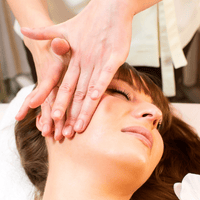Acupuncture
Price range: £50.00 through £200.00
Give Someone The Gift Of Good Health Today
At the Living Centre Clinic we have all the major therapies under one roof, what better gift can one give than the gift of good health. Our flagship Pain Relief Treatments are endorsed by various healthcare professionals including doctors, surgeons and consultants.
We can refer patients for further medical tests if required, including MRI-scans, X-rays, blood tests etc. We want you to know your loved one will be looked after in every respect.






